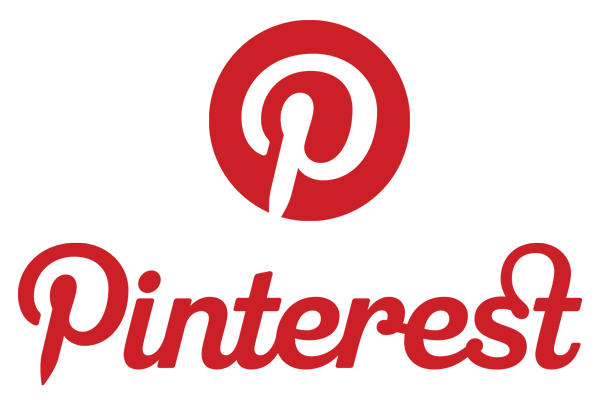In this modern world of characteristic of cutthroat competition, marketers are finding it not only necessary, but compulsory to find new ways of engaging with customers. Many marketers in today’s volatile market are finding it necessary to convert the data gathered from consumers into strategies that take full advantage of what they collect. This is taking into account that today’s consumer is digitally empowered. Data from previous years has shown an upsurge in digital advertising. However, this trajectory seems to have taken a dip as highlighted in a report carried out by Standard Media Index (SMI). The report shows that the 26.2% growth recorded between 2014 and 2015 slowed to 13.3% in 2016.
New advert platforms: more investment on ads
The Internet Trend Reports shows that two internet giants, Google and Facebook account for almost 76% of new digital investments and advertising. While Facebook advertisements peaked to 83% growth, Google only recorded a 16.6% growth. Apart from these two giants, Snapchat and Pinterest also account for the most used second-tier advertising platforms. What is peculiar about these platforms is that they have exchanged places as to which has seen more investment. Pinterest had eclipsed Snapchat in 2015 by registering higher spending in adverts, while Snapchat took over in 2016 by registering an enormous 356% growth in 2016. According to SMI, the driving force behind this massive growth has been attributed to sectors such as food products, restaurants, and consumer electronics.
A major reason behind the slow growth in digital advertising has been attributed to events such as the Olympics and the US presidential election. Many brands projected that they could get more viewership on the TV since that is where most of the audience was predicted to be. 2016 was a year that saw stores such as department and telecommunication stores departing from digital communication in favor of TV adverts. Nonetheless, consumer electronics registered a meager 0.6% growth in digital advert spending. The fourth quarter, which sees many go on holidays, continued the declining trend, with advert spending in consumer electronics falling by 23.4%, and department spending also falling by 7.8%.
Bigger advertisers choose TV as ads channel
A major highlight for the fourth quarter of 2016 was the move by some of the big advertisers moving back to the TV. An explanation to this scenario is that they had pushed their experimentation in digital advertising too far. Another explanation was that since it is usually a holiday season and the beginning of the football season, it seemed a logical move to reach more customers. However, some sectors registered an increase in digital advertising investment. For example, the movie sector saw an increase of 40%, the food sector registered a 36.5% increase, while alcohol saw an increase of 33% and prescription medications increased by 26.7%.





